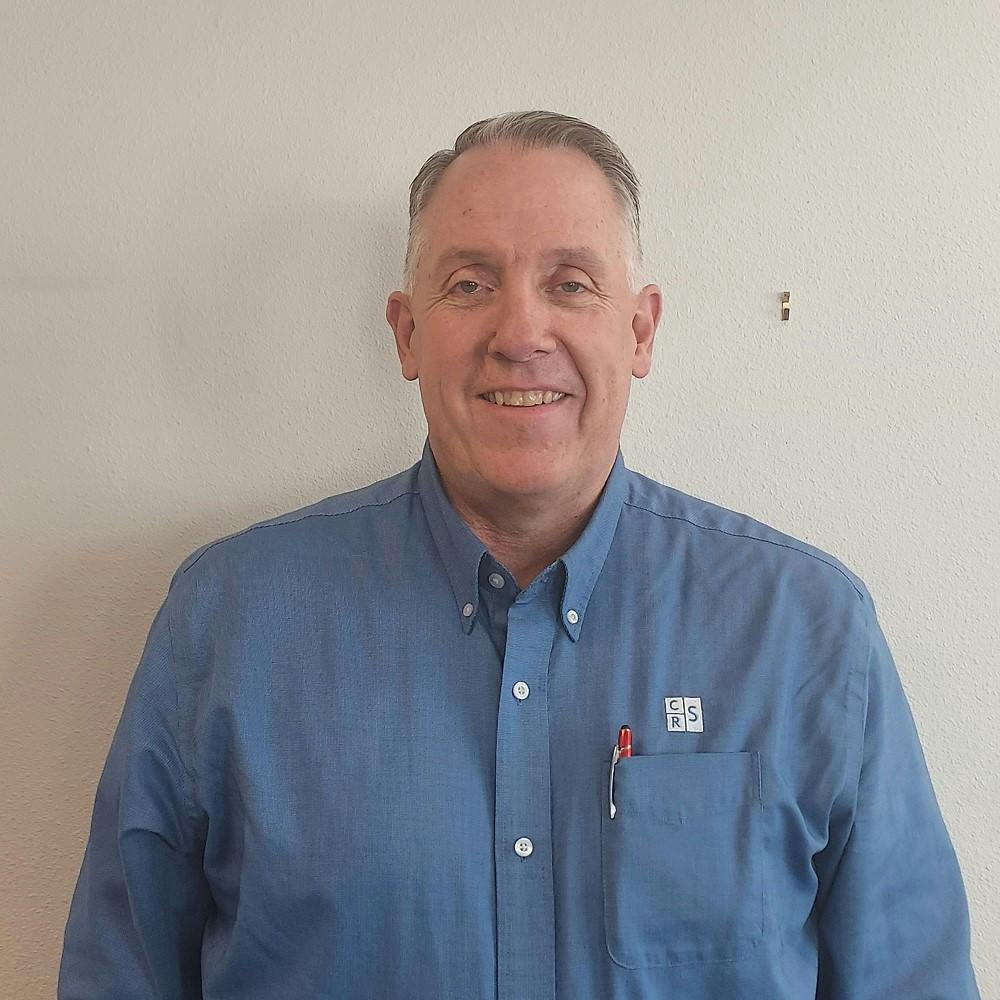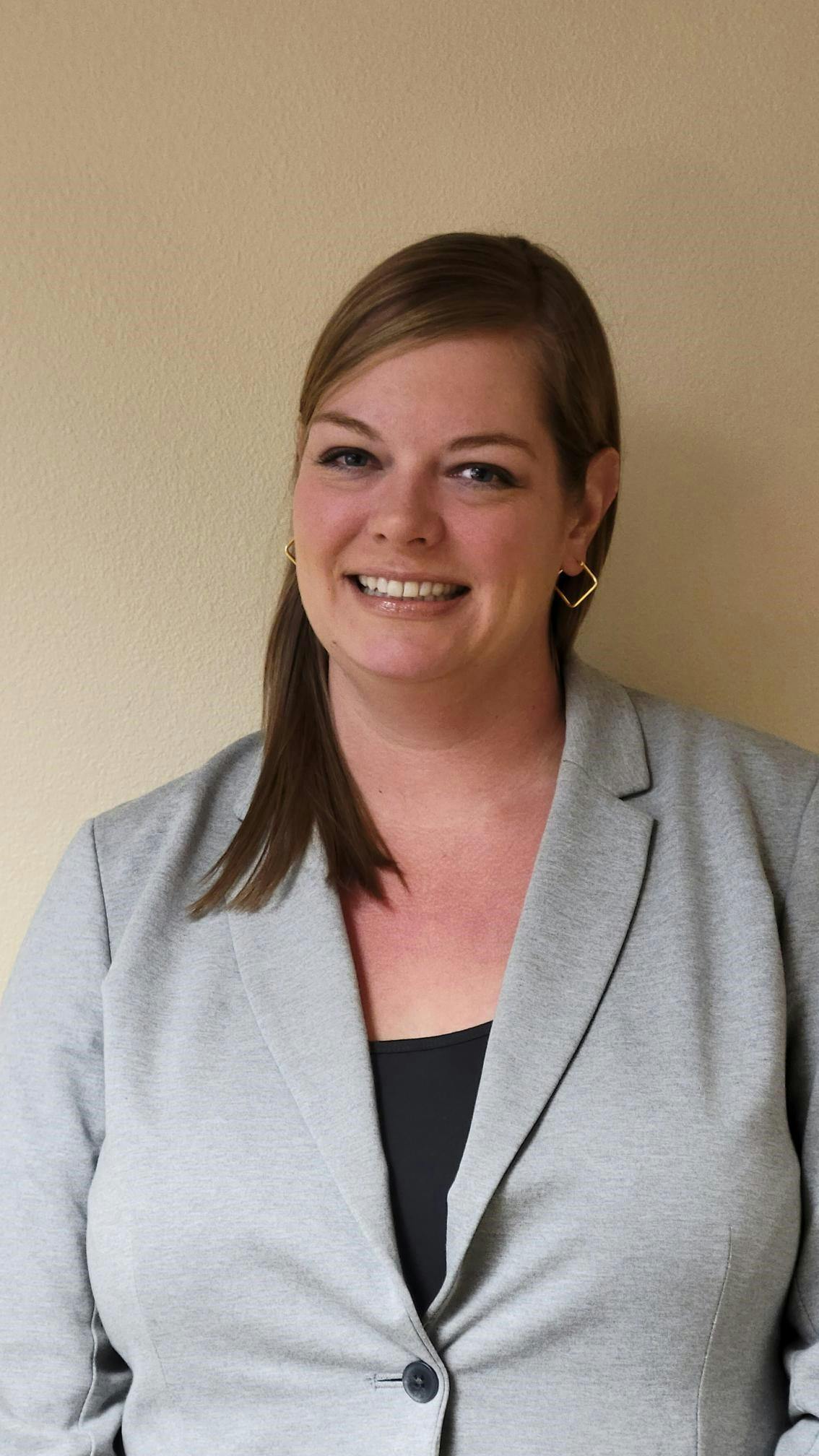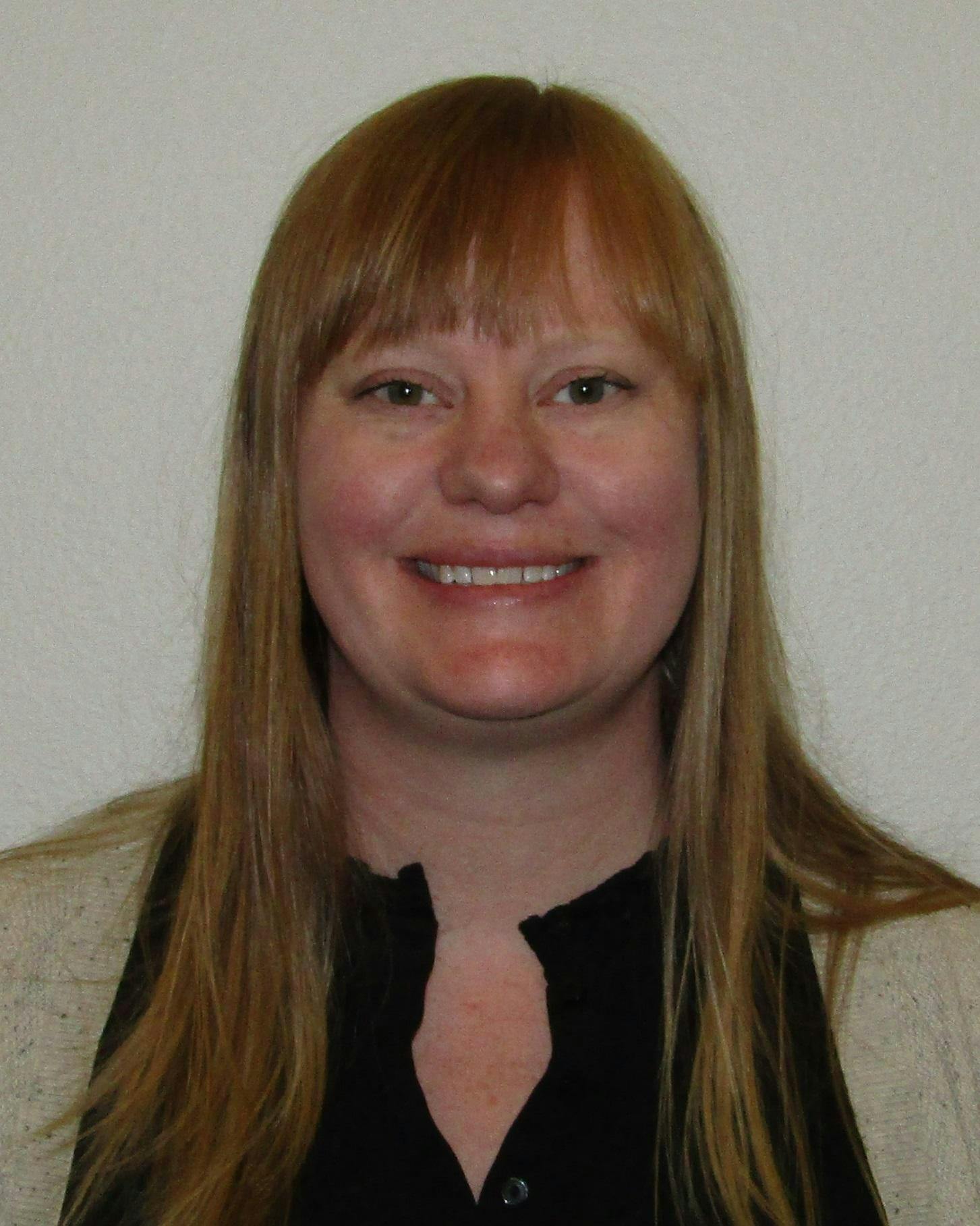Water Conservation Goal Setting

We're committed to providing safe and reliable drinking water for Bellingham residents, and a key part of that is ensuring efficient water use with our water conservation program. This program helps us use water wisely, ensuring we have enough for everyone now and in the future. Think of it like watering a garden: using just the right amount helps plants thrive, while too much or too little wastes water. We want our water system to be just as efficient.
In accordance with Washington State Department of Health requirements, we have developed newly proposed goals and measures, which you can see below. For more details, including a summary of our progress from 2020-2024, please view our Water Use Efficiency Program Report.
What's next?
We gathered public feedback on our proposed water conservation goal and proposed measures from February 21 through March 2, 2025. The Bellingham City Council will vote on the Water Use Efficiency Program Report and proposed goal and measures on March 24, 2025. The Water Use Efficiency program becomes a part of the forthcoming Water System Plan, which will be adopted in summer 2025.
We're committed to providing safe and reliable drinking water for Bellingham residents, and a key part of that is ensuring efficient water use with our water conservation program. This program helps us use water wisely, ensuring we have enough for everyone now and in the future. Think of it like watering a garden: using just the right amount helps plants thrive, while too much or too little wastes water. We want our water system to be just as efficient.
In accordance with Washington State Department of Health requirements, we have developed newly proposed goals and measures, which you can see below. For more details, including a summary of our progress from 2020-2024, please view our Water Use Efficiency Program Report.
What's next?
We gathered public feedback on our proposed water conservation goal and proposed measures from February 21 through March 2, 2025. The Bellingham City Council will vote on the Water Use Efficiency Program Report and proposed goal and measures on March 24, 2025. The Water Use Efficiency program becomes a part of the forthcoming Water System Plan, which will be adopted in summer 2025.
-
Proposed Water Conservation Goal
Share Proposed Water Conservation Goal on Facebook Share Proposed Water Conservation Goal on Twitter Share Proposed Water Conservation Goal on Linkedin Email Proposed Water Conservation Goal linkCLOSED: This discussion has concluded.Keep consumption below 154 gallons per day per single-family residential account
Our proposed goal is to keep average daily water use below 154 gallons per single-family household. This goal is based on careful projections of future water demand, considering growth in our community and past water use patterns, and aligns with our updated Water System Plan (currently in development). We believe this target is achievable and responsible, reflecting a balance between encouraging conservation and meeting the needs of our growing community.
The table below provides a look at past water use in single-family homes (2018-2022), which gives some context for our proposed goal.
Single Family Residential Consumption Rates - 2018-2022 Year Number of SFR Accounts Total consumption in gallons Average annual consumption in gallons Average consumption per month in gallons Average consumption per day in gallons 2018 21,648 1,226,427,532 56,653 4,721 155 2019 21,964 1,185,598,700 53,979 4,498 148 2020 21,983 1,232,414,524 56,062 4,672 154 2021 22,102 1,241,992,664 56,194 4,683 154 2022 22,269 1,234,466,288 55,434 4,620 152 To put our proposed goal in perspective, consider this: the U.S. Environmental Protection Agency estimates that the average American uses 82 gallons of water per day at home. Since the U.S. Census estimates that Bellingham has an average of 2.1 people per household, that translates to roughly 172 gallons per household per day.
 1 comment
1 comment
-
Measure 1: Continue single-family residential rebate program
Share Measure 1: Continue single-family residential rebate program on Facebook Share Measure 1: Continue single-family residential rebate program on Twitter Share Measure 1: Continue single-family residential rebate program on Linkedin Email Measure 1: Continue single-family residential rebate program linkCLOSED: This discussion has concluded.
Continue single-family residential rebate program: Our successful single-family residential rebate program, which has been helping residents conserve water since 2010, will continue. This program offers rebates to homeowners who upgrade older, less efficient fixtures, such as toilets and clothes washers, with newer, water-saving models. To ensure eligibility and maximize water savings, water assessments will continue to be provided by a reputable local contractor. This program has proven to be an effective way to encourage voluntary water conservation within our community.
Estimated savings: 750,000 gallons per year
Estimated budget: $30,000 (over 10 year period)
Implementation Schedule: On-going -
Measure 2: Continue multi-family residential rebate program
Share Measure 2: Continue multi-family residential rebate program on Facebook Share Measure 2: Continue multi-family residential rebate program on Twitter Share Measure 2: Continue multi-family residential rebate program on Linkedin Email Measure 2: Continue multi-family residential rebate program linkCLOSED: This discussion has concluded.
Continue multi-family residential rebate program: Building on the success of our single-family program, we will also continue our multi-family residential rebate program. This program encourages water conservation in apartment buildings, condominiums, and other multi-unit dwellings. Just like the single-family program, water assessments will be provided by a reputable local contractor to verify eligibility for rebates. In addition, the contractor will also complete direct installations of water-saving faucet aerators, showerheads, and spray nozzles, making it even easier for residents and property owners to participate and save water.
Estimate savings: 750,000 gallons per year
Estimated budget: $30,000 (over 10-year period)
Implementation Schedule: On-going -
Measure 3: Continue commercial and institutional rebate and direct install program
Share Measure 3: Continue commercial and institutional rebate and direct install program on Facebook Share Measure 3: Continue commercial and institutional rebate and direct install program on Twitter Share Measure 3: Continue commercial and institutional rebate and direct install program on Linkedin Email Measure 3: Continue commercial and institutional rebate and direct install program linkCLOSED: This discussion has concluded.
Continue commercial and institutional rebate and direct install program: Our commercial and institutional rebate and direct install program will also continue, helping businesses, schools, and other organizations reduce their water footprint. This program offers rebates for upgrades to water-efficient equipment and fixtures. A reputable local contractor will continue to provide water assessments to verify rebate eligibility and, where appropriate, complete direct installations of water-saving devices like faucet aerators, showerheads, and spray nozzles. This program plays a crucial role in promoting water conservation across all sectors of our community.
Estimated savings: 1,000,000 gallons per year
Estimated budget: $30,000 (over 10-year period)
Implementation Schedule: On-going
-
Measure 4: Continue high-water use notification program
Share Measure 4: Continue high-water use notification program on Facebook Share Measure 4: Continue high-water use notification program on Twitter Share Measure 4: Continue high-water use notification program on Linkedin Email Measure 4: Continue high-water use notification program linkCLOSED: This discussion has concluded.
Continue high-water use notification program: Our high-water use notification program will continue to help residents and businesses identify and address potential water leaks and unusual spikes in water consumption. When we detect a potential problem, we promptly notify the property owner and offer support in troubleshooting the issue, ensuring it's not a problem on our side of the meter. Our Water Distribution Division will be working to better quantify the water savings achieved through this proactive outreach.
Estimated savings: unknown
Estimated budget: unknown
Implementation schedule: Tracking and reporting process in place by 2027
-
Measure 5: Evaluate water billing rates to promote conservation
Share Measure 5: Evaluate water billing rates to promote conservation on Facebook Share Measure 5: Evaluate water billing rates to promote conservation on Twitter Share Measure 5: Evaluate water billing rates to promote conservation on Linkedin Email Measure 5: Evaluate water billing rates to promote conservation linkCLOSED: This discussion has concluded.
Evaluate water billing rates to promote conservation: Our current water billing structure includes a flat service fee plus a charge for each unit of water used. As we adopt a new Water System Plan in 2025, we will evaluate our rate structure to ensure it encourages water conservation while also considering affordability for our customers. We recognize the importance of balancing responsible water use with the financial impact on our community. This evaluation will explore options that promote efficient water use and support our overall conservation goals.
-
Measure 6: Continue direct-install toilet and fixtures program for low-income households
Share Measure 6: Continue direct-install toilet and fixtures program for low-income households on Facebook Share Measure 6: Continue direct-install toilet and fixtures program for low-income households on Twitter Share Measure 6: Continue direct-install toilet and fixtures program for low-income households on Linkedin Email Measure 6: Continue direct-install toilet and fixtures program for low-income households linkCLOSED: This discussion has concluded.
Continue direct-install toilet and fixtures program for low-income households: Our direct-install program, launched in 2024, will continue to serve income-qualifying households by providing assessments and installations of water-saving toilets and other fixtures. This program, carried out by a reputable local contractor, helps ensure that everyone in our community has access to water-efficient appliances, regardless of income.
Estimated savings: 100,000 gallons per year
Estimated budget: $45,000 (over 10-year period)
Implementation schedule: On-going
-
Measure 7: Continue community education and engagement programs
Share Measure 7: Continue community education and engagement programs on Facebook Share Measure 7: Continue community education and engagement programs on Twitter Share Measure 7: Continue community education and engagement programs on Linkedin Email Measure 7: Continue community education and engagement programs linkCLOSED: This discussion has concluded.
Continue community education and engagement programs: We will continue our robust community education and engagement programs to promote both indoor and outdoor water conservation. These efforts include:
- School-based education: We will maintain our partnerships with local schools to provide engaging water conservation education for students through our Water School program.
- Outdoor water conservation education: We'll continue to offer information and resources on outdoor water-saving practices through various means, including tabling at community events.
- Water-saving device giveaways: Our popular water-saving device giveaways will continue, providing City water customers with practical tools like hose timers, repair kits, moisture meters, rain gauges, hose nozzles, faucet aerators, and low-flow showerheads.
- Enhanced customer education through utility billing: We will leverage our new utility billing software to deliver specialized water conservation messages to customers.
- Additional outreach opportunities: We will explore and utilize a variety of outreach methods, including advertising (bus ads, bill inserts, print media, Pickford Film Center ads, etc.) to reach a broad audience.
-
Measure 8: Explore updates to the City’s development code for irrigation systems and required fixture counts
Share Measure 8: Explore updates to the City’s development code for irrigation systems and required fixture counts on Facebook Share Measure 8: Explore updates to the City’s development code for irrigation systems and required fixture counts on Twitter Share Measure 8: Explore updates to the City’s development code for irrigation systems and required fixture counts on Linkedin Email Measure 8: Explore updates to the City’s development code for irrigation systems and required fixture counts linkCLOSED: This discussion has concluded.
Explore updates to the City’s development code for irrigation systems and required fixture counts: We will explore potential updates to the City’s development code related to water service, fixture counts, and irrigation systems. As water meters and fixtures become increasingly efficient, we will investigate how our code can best encourage water conservation while also potentially reducing development costs.
-
Measure 9 : Evaluate and reduce water consumption in the City’s Operating and Maintenance procedures
Share Measure 9 : Evaluate and reduce water consumption in the City’s Operating and Maintenance procedures on Facebook Share Measure 9 : Evaluate and reduce water consumption in the City’s Operating and Maintenance procedures on Twitter Share Measure 9 : Evaluate and reduce water consumption in the City’s Operating and Maintenance procedures on Linkedin Email Measure 9 : Evaluate and reduce water consumption in the City’s Operating and Maintenance procedures linkCLOSED: This discussion has concluded.
Evaluate and reduce water consumption in the City’s Operating and Maintenance procedures: Our Water Distribution Division of Public Works is committed to efficiently and effectively maintaining the flow of water to our customers. We will be evaluating all of our operating and maintenance procedures, including practices like our annual flushing program, to identify opportunities for water conservation. While essential practices like the annual flushing program, which helps maintain water quality, used approximately 10,966,400 gallons in 2024, our staff will be working to reduce this amount and other water uses through improved processes and staff training.
Who's Listening
-

-
Communications & Outreach Coordinator

Phone 360-778-7974 Email tsramsay@cob.org -
Public Work Communications Manager

Email ragrant@cob.org
Key Dates
-
February 25 2025
Timeline
-
February 18, 2025
Water Conservation Goal Setting has finished this stagePublic comment open on water use efficiency program
-
February 25, 2025
Water Conservation Goal Setting has finished this stageWater Resources Advisory Board (WRAB) meeting, 6 - 7:30 p.m.
- Public forum for live comments
- WRAB provides advisory feedback
-
March 2, 2025
Water Conservation Goal Setting has finished this stagePublic comment period ends.
-
March 24, 2025
Water Conservation Goal Setting is currently at this stageCity Council adopts water use efficiency goal and plan
-
Summer 2025
this is an upcoming stage for Water Conservation Goal SettingWater System Plan adopted by City Council
 1 comment
1 comment